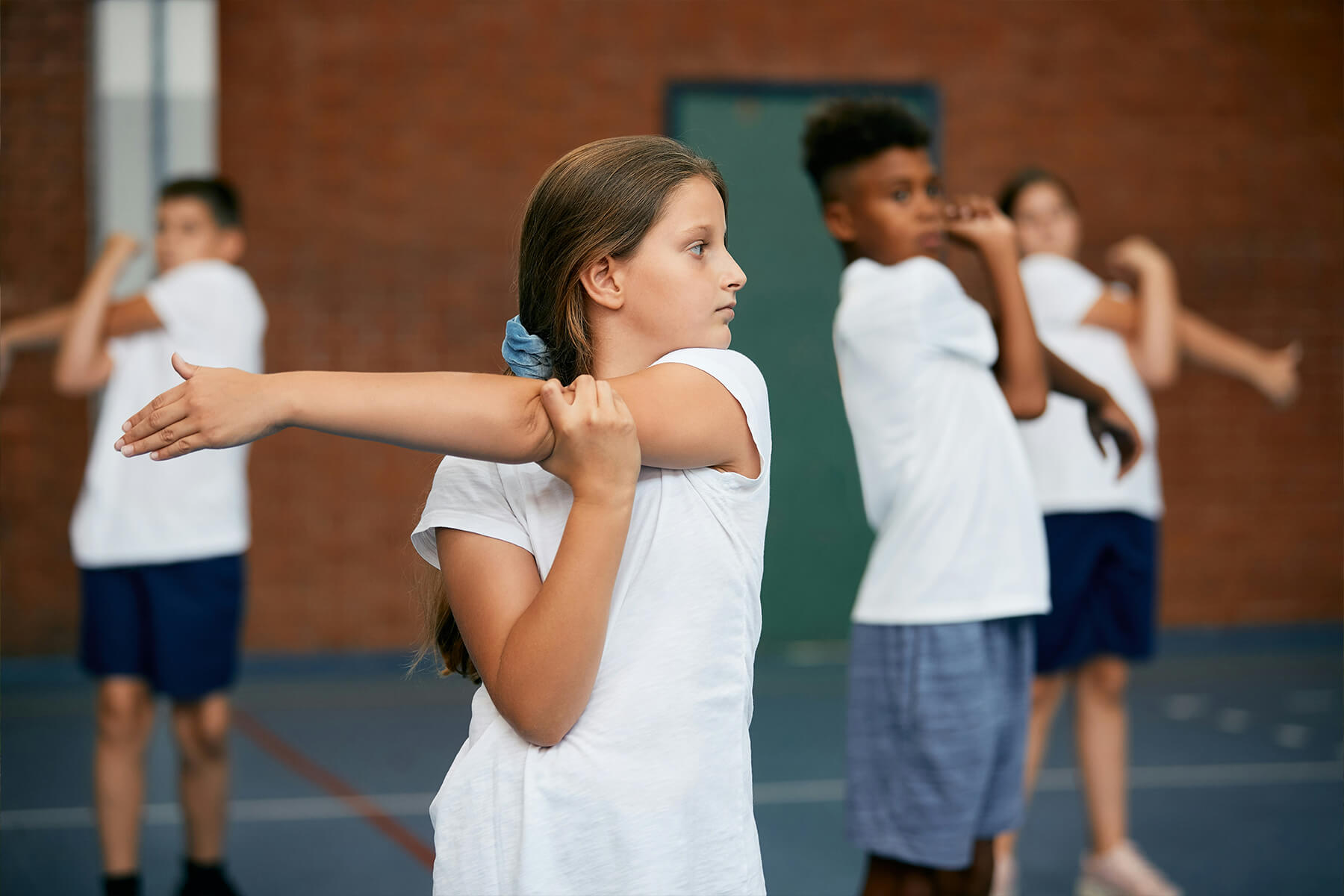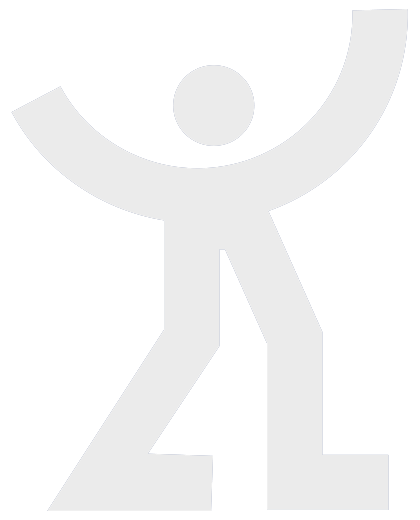ReThink P.E.

Rethink P.E.
We know kids are more likely to participate in PE when it is “fun.” We also know that it is a lot more fun to participate in sports and activities when we are good at them. Hence the paradox. But is it really a chicken and egg situation?
When early elementary PE addresses body awareness, vestibular function, and balance, moving becomes more fun. This is because having a sense of control over ones body provides the necessary foundation for sport-specific skills, self-confidence and the brain-based abilities necessary for academic learning. All of these traits serve to improve a child’s self-esteem and willingness to take on new challenges. Children should be taught why they need to move their bodies and, at the same time, how to move their bodies. This involves very intentional and consistent (i.e. daily) practice of certain types of movement.
In addition to gaining a better sense of control over how they move their bodies, children are better able to make the connection between movement and desired outcomes. Children should be taught that exercise, nutrition and breathing all play an important role in how well their bodies and brains function. They need to be explicitly taught that these factors determine their level of success in both sports and school. Kids want to do well but they will give up if they do not experience enough successes in their lives.
To address our current health crisis, middle and high school PE curriculum must emphasize the “E” in PE. Examples of this include helping a child recognize the association between vigorous exercise, breathing and heart rate and how, in addition to increasing metabolism for weight loss, this also increases the amount of oxygen the brain has available for learning. Older children can be taught about the association of weight training and memory, providing added motivation to improve both their physical and academic achievements. In this way, students can learn basic exercise physiology concepts that are paramount in pursuing lifelong wellness. Society has changed. Our children are changing. Preventable, chronic disease is an epidemic. We are losing the battle in bridging academic gaps. If the purpose of K-12 education is to prepare children for life as adults, and we now know there is a direct correlation between physical health and academic achievement and fitness, then Physical Education must adapt to provide a more meaningful contribution to these efforts.
Join the Movement
updates, activities, and info.

